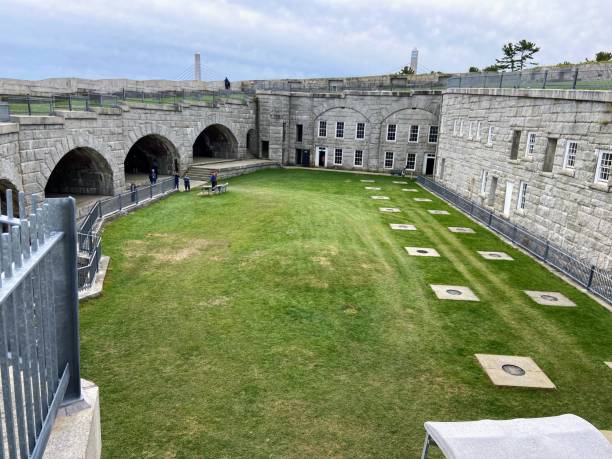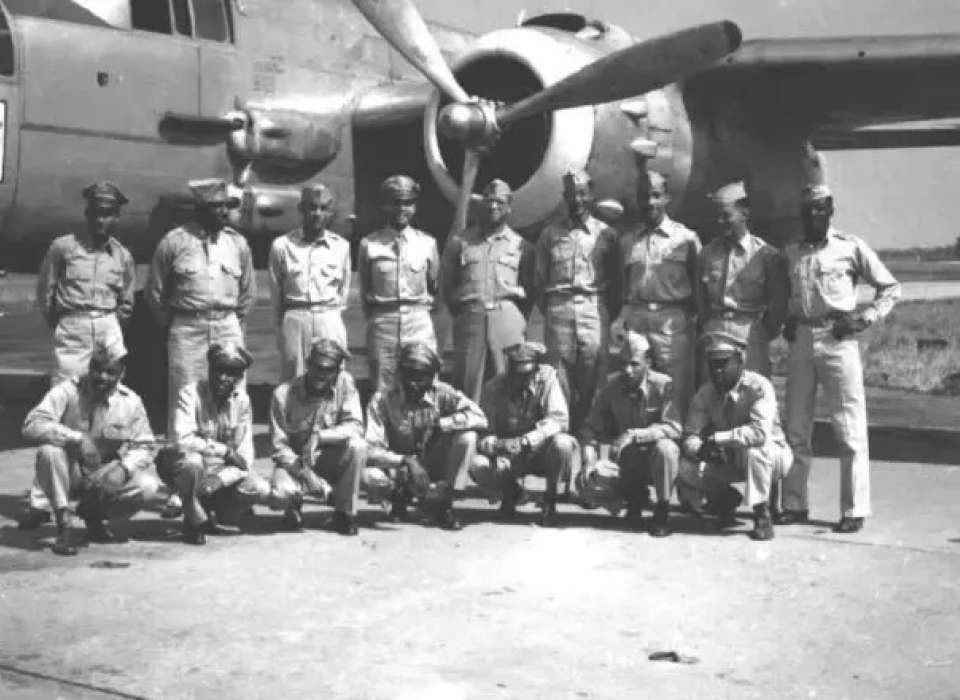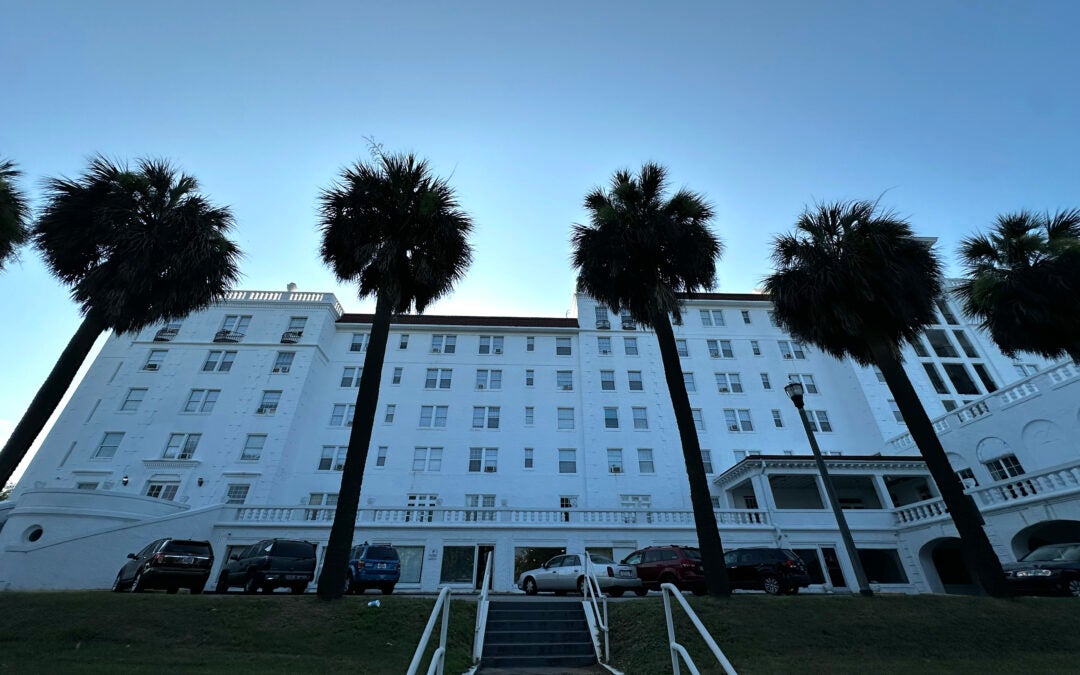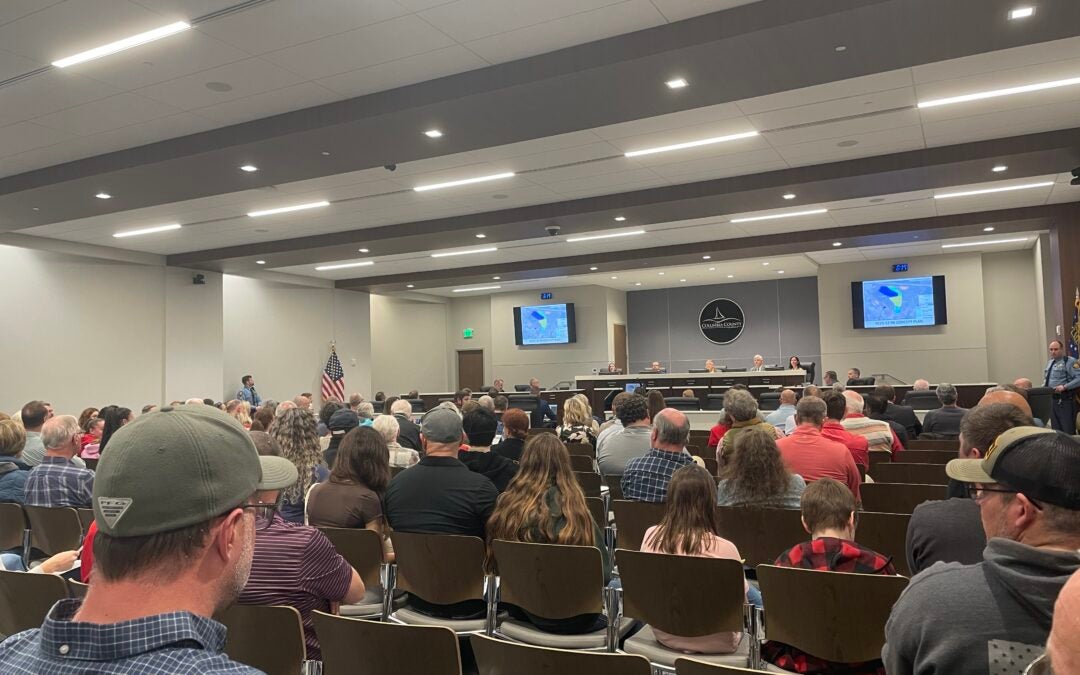President Donald Trump and his Department of Government Efficiency Director Elon Musk have made headlines with their promises to audit Fort Knox and verify that the fabled Kentucky Fort still holds the nation’s gold reserves.
According to the economic journal “The Capital,” roughly 30% of Americans believe the country is still on the gold standard, which would mean they believe they can go to any bank and trade in their paper dollars for gold bullion.
While the U.S. has not been on the gold standard for decades, that doesn’t mean the country isn’t rich, very, very rich.
While trusted sources give out varying total amounts of gold being held in U.S. custody, they are all close to the government’s official number of 147.3 million ounces. That is a lot of gold.
Fort Knox has always been a fascination for Americans due to the fabled impregnability of the vaults, leading to motion picture plots having everything from the Ark of the Covenant to the Amber Room stored there.
Hollywood aside, the fort has had some impressive items stored there. According to the U.S. Army, the Magna Carta, Declaration of Independence, U.S. Constitution and Bill of Rights have all shared space with the crown jewels of Hungary at one time or another.
The “fort” today is now primarily under the jurisdiction of the Department of Treasury, but it started out much like Augusta’s Forts Eisenhower, Gordon and Hancock as a training facility.
Named after the first secretary of war, Gen. Henry Knox, the Kentucky fort was built with aviation in mind, much like Camps Hancock and Gordon. Specifically for Fort Knox, the base was built for the 29th Aero Squadron.

Like Augusta’s military camps, most time spent at Fort Knox consisted of learning to fly airplanes by day, and watching the new fangled “movies” for fun at night.
Enlisted men at Knox had none of the problems of the majority of World War I veterans, where even in the Roaring Twenties, a time when most of America was dancing to the “Charleston,” imbibing in “Bathtub” gin and buying stocks like a fat kid at the five and dime, unemployment and homelessness surged among vets, especially those who were war wounded.
The officer’s clubs were famous for their hospitality but the fact they were segregated caused a slow boil underneath the tranquility.
Life was relatively quiet at Fort Knox until World War II. The officers and enlisted men knew they had been sitting on the nation’s gold since 1937; it really wasn’t that big a deal to the soldiers any more than it was for the thousands of soldiers that guarded the Augusta Arsenal for over a century.
The gold and whatever else the government had stashed at the fort enjoyed more security than even the president, so most people hardly ever talked about it.
Security at Fort Knox was so well maintained that the War Department started housing prisoners of war within eyeshot of the priceless vaults. POW housing started with Italian combatants in early 1944 and Germans later that year.
Many of the Italians chose to switch sides when their country officially joined the Allies and enlisted in the U.S. Army and went back to fight the remaining Nazis.

Those Italians who stayed, along with the captured Germans, likely enjoyed the same quality of life as their POW countrymen did in Augusta. Plenty of ale, soccer and freedom as long as they behaved themselves.
However, Fort Knox did have its problems, specifically with the forced racial segregation.
In May 1944, members of what became the last training class of Tuskegee Airmen trained at Godman Army Airfield on how to fly the B-25 Mitchell bomber. The Airmen did exemplary service in war with astonishing skill despite the racism they faced.
Those were some of the men who got the ball rolling on military desegregation in 1948 and it was the famed segregated officer’s clubs that became “ground zero” in the legal portion of the fight to end racial segregation in the armed services.
…And that is something you may not have known.
Scott Hudson is the Senior Investigative Reporter, Editorial Page Editor and weekly columnist for The Augusta Press. Reach him at scott@theaugustapress.com











